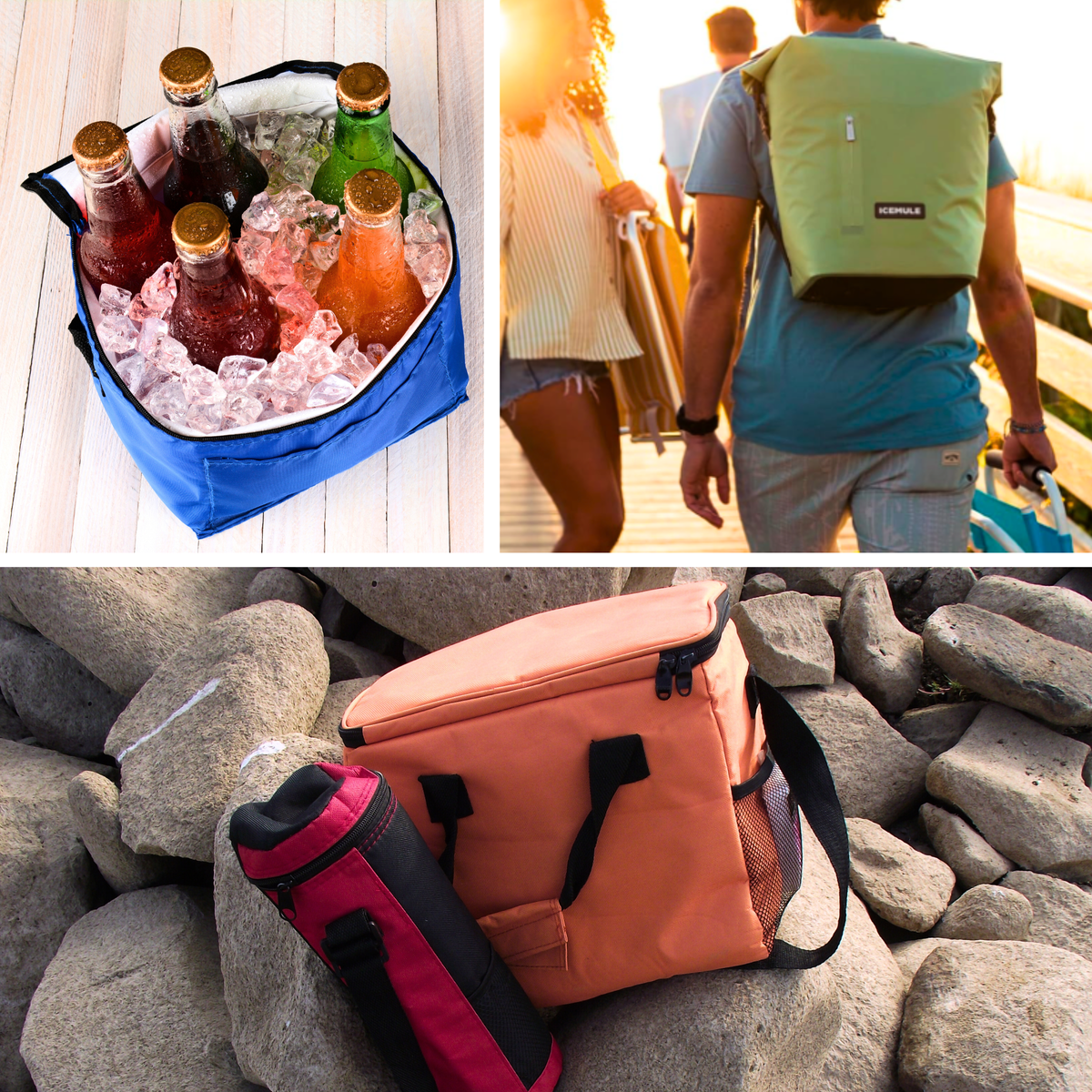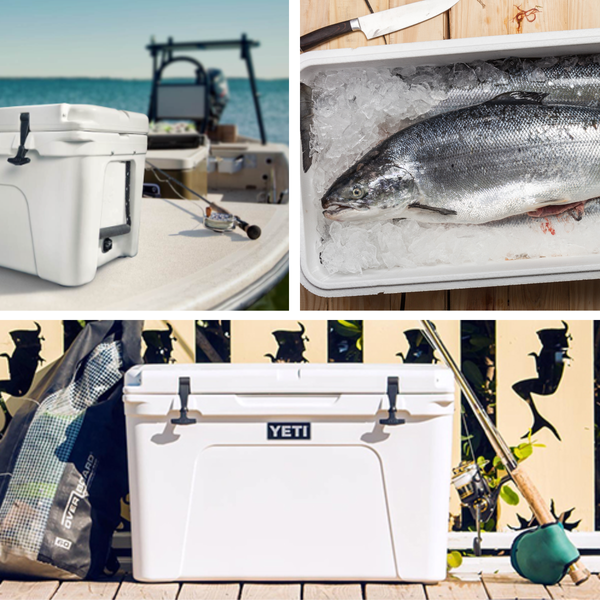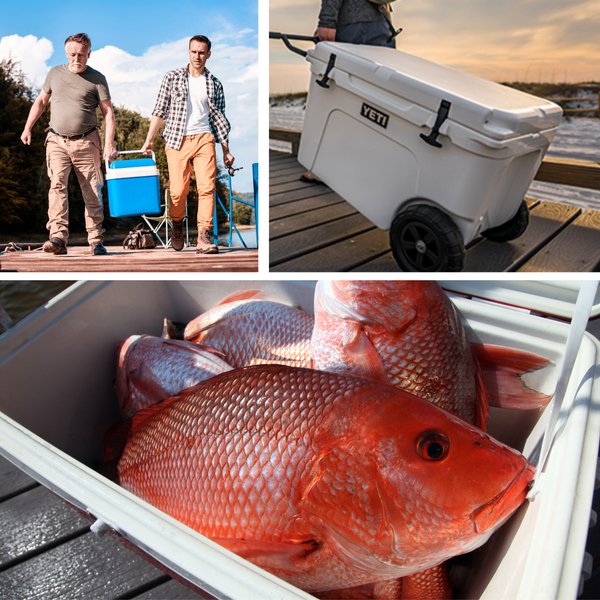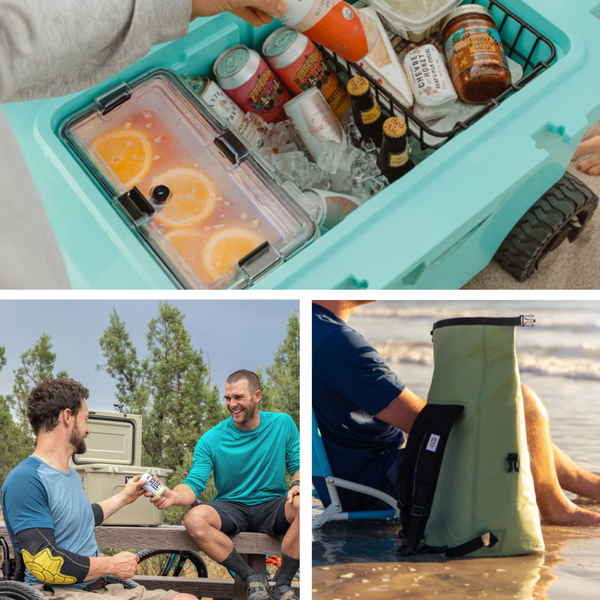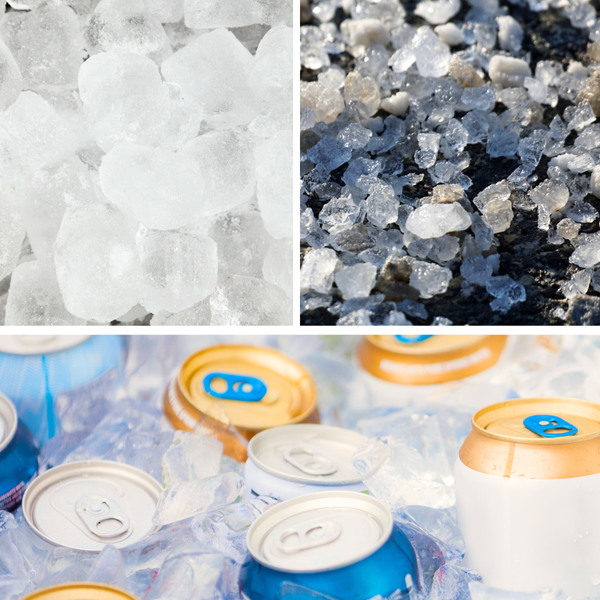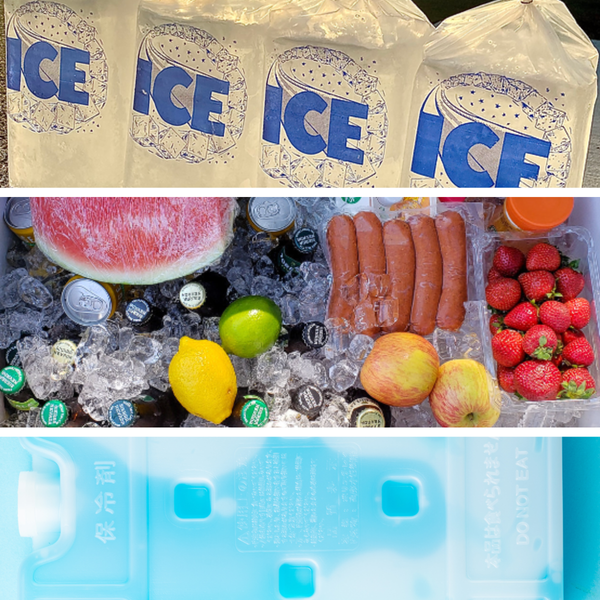Key Takeaways:
- Pre-chilling your cooler bag and items can significantly extend the coldness duration.
- Using a combination of ice packs, ice blocks, and proper packing techniques can maintain a cooler temperature.
- Regular maintenance and smart usage of your cooler bag are essential for optimal performance.
Whether you're planning a picnic, a camping trip, or just want to keep your groceries fresh on the way home, knowing how to keep a cool bag cold is essential. With the right techniques and a bit of preparation, you can ensure that your food and drinks stay chilled for hours. In this article, we'll explore practical tips and tricks to maximize the cold retention of your cooler bag.
The Science of Cold: Understanding Insulation
Insulated cooler bags are designed to slow down the transfer of heat. They work by creating a barrier between the warm air outside and the cold air inside. The effectiveness of a cooler bag depends on the quality of its insulation and how well it is sealed. The key to maintaining cold temperatures is to minimize the amount of warm air that comes into contact with the cold items inside the bag.

Pre-Chilling: The First Step to a Colder Cooler
Before you start packing, it's crucial to pre-chill your cooler bag. Placing your insulated cooler bag in the fridge or freezer for a few hours before use can significantly help in keeping the temperature inside low. This step ensures that the bag's inner layer starts off cold, which helps in maintaining the cold air for a longer period.
Ice Packs vs. Ice Blocks: Which is Better?
When it comes to keeping things cold, both ice packs and ice blocks have their advantages. Ice packs are convenient and reusable, while ice blocks, with their larger surface area exposed, tend to last longer. For the best results, use a combination of both. Place a few cool blocks at the bottom of the bag to create a cold base, then use smaller ice cubes or packs to fill in gaps and provide a more even distribution of coldness.

Layering: The Secret to a Perfect Insulated Cooler Bag
When it comes to keeping your food cold in a perfect insulated cooler bag, think like an onion: layer! Starting with a middle layer of pre-chilled items, you can create a cold core that helps everything else stay colder for longer. Wrap this core with items that are less sensitive to temperature changes, such as fruits and bread. This not only maintains the coldness but also protects delicate items from getting squashed by heavier, colder ones.
Incorporating materials like aluminum foil can act as an additional insulator, reflecting heat away from your cold food. Place a layer of foil over the top of your items before closing the bag, especially on a hot day. This method works wonders for lunch bags and insulated grocery bags, ensuring that your food remains at a safe and enjoyable temperature. Remember, the key is to plan ahead and structure the contents of your bag to optimize thermal retention.

Ice Retention: Prolonging the Chill in Your Cooler Bag
To maximize the time your ice pack stays frozen and delay when the ice melts, consider the type of ice you're using. More ice generally means a longer chill time, but the shape and size of the ice matter too. Ice blocks last longer than ice cubes due to their larger surface area, which slows down melting. For short period needs, like delivering food or a quick lunch break, an ice pack might suffice.
For outdoor adventures or a full day out, freeze water bottles to use as ice packs. Not only do they take longer to thaw, but they also provide a refreshing drink as they melt. This dual-purpose solution is a smart way to keep your food cold without the added mess of free-flowing water in your cooler bag. Thermallock insulation in high-quality cooler bags can further aid in maintaining the desired temperature, ensuring your refreshments are perfectly chilled when you're ready to enjoy them.
Strategic Packing: Maximizing Coldness
The way you pack your cooler bag can greatly affect how long it stays cold. Start by placing a thick stack of ice at the bottom. Then, add a layer of food and drinks, followed by another layer of ice. Continue this pattern until the bag is full, ensuring that there is as little air space as possible. The cold air will circulate more effectively, keeping your food fresh.
The Role of Water Bottles and Towels
Frozen water bottles can serve dual purposes: they act as ice packs and provide a refreshing drink once they've melted. Wrapping a frozen water bottle in a towel can also help to absorb condensation and maintain the cool air inside the bag. This method is particularly useful for insulated lunch bags or when you're bringing lunch to work or school.

Avoiding Heat Sources: Keep Your Cooler Bag Chilled
To keep your cooler bag cold, it's important to avoid direct sunlight and other sources of heat. When you're outdoors, try to find a shaded spot or cover the bag with a light-colored blanket to reflect the sun's rays. Keeping the bag closed as much as possible will also prevent hot air from entering and warm air from mixing with the cold air inside.
Maintenance and Care: Ensuring Longevity
Regularly cleaning your cooler bag and checking for any damage to the insulation or zippers will help maintain its effectiveness. After each use, wipe down the interior with a mild detergent and let it air dry completely to prevent mold and bacterial growth, especially if you're storing dairy products or other perishables.

Summary
Keeping a cool bag cold is all about understanding the principles of insulation and taking proactive steps to maintain low temperatures. Pre-chilling your bag, using a combination of ice packs and ice blocks, packing strategically, and avoiding heat sources are key strategies. Regular maintenance and smart usage will ensure that your cooler bag remains a reliable companion for almost any occasion.
FAQ Section
Q: How long can I expect my cooler bag to keep food and drinks cold?
A: With proper pre-chilling and packing, a high-quality insulated cooler bag can keep items cold for several hours to a full day, depending on external conditions and how often it's opened.
Q: Can I use regular ice from my ice maker instead of ice packs?
A: Yes, cubed ice from an ice maker can be used, but it tends to melt faster than ice packs or blocks. For longer-lasting cold, use larger ice blocks or supplement with ice packs.
Q: Is it necessary to clean my cooler bag after every use?
A: Yes, to prevent odors and bacterial growth, it's important to clean and dry your cooler bag after each use, especially if you've been transporting perishable food items.



